Chiropractic Techniques In Athletics: Enhancing Athletic Excellence
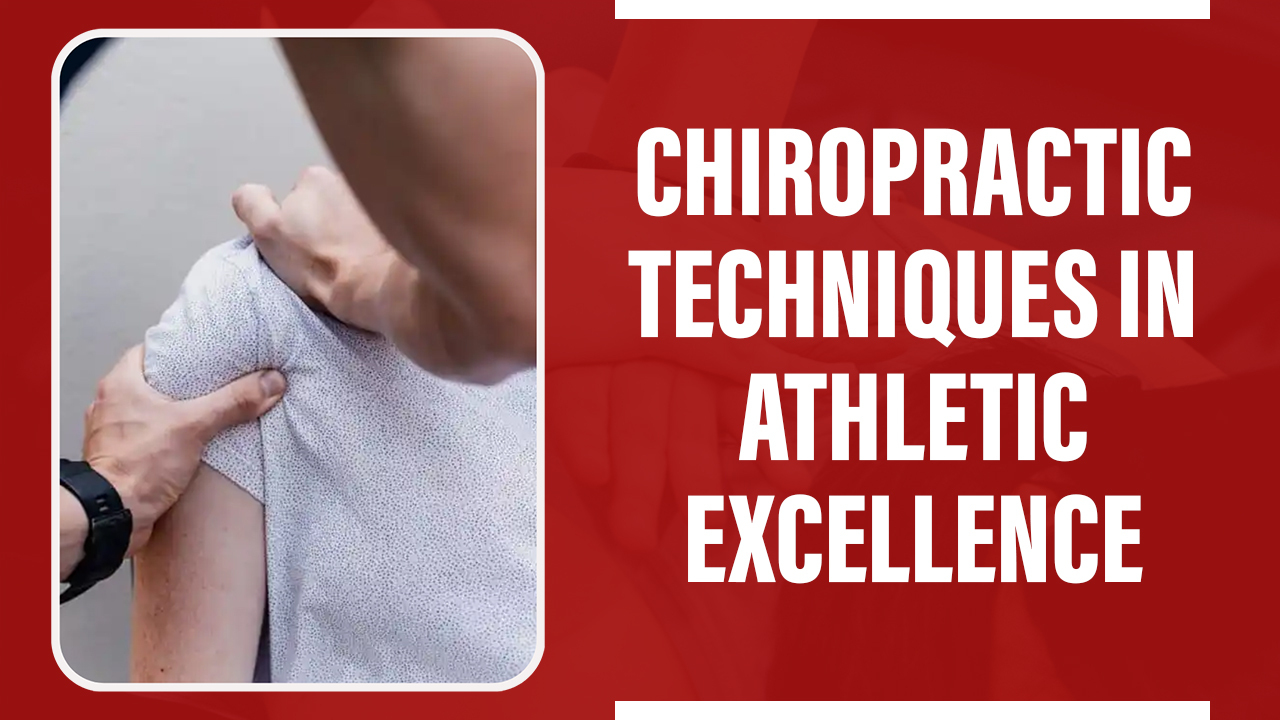
Unlock the Potential of Your Body with Chiropractic Care. Dive into the world of chiropractic techniques in Athletics designed to elevate your athletic performance and prevent injuries. Discover the science behind achieving peak physical condition. Conclusion:: Chiropractic Techniques In Athletics For Peak Performance Incorporating chiropractic techniques into your training routine can significantly elevate your athletic […]
Get Your Good Sleep

Care for Your Heels

Care for Your Heels: Learning How to Treat Plantar Fasciitis

Are you experiencing stabbing pain in the bottom of your heel? If yes, you may be experiencing Plantar Fasciitis Having Plantar Fasciitis can literally be quite a pain in daily life. A simple activity such as walking to work may prove hard to do so with this condition. Plantar Fasciitis typically happens to adults aged […]
Eat Your Greens

Steps on Prepping for Football
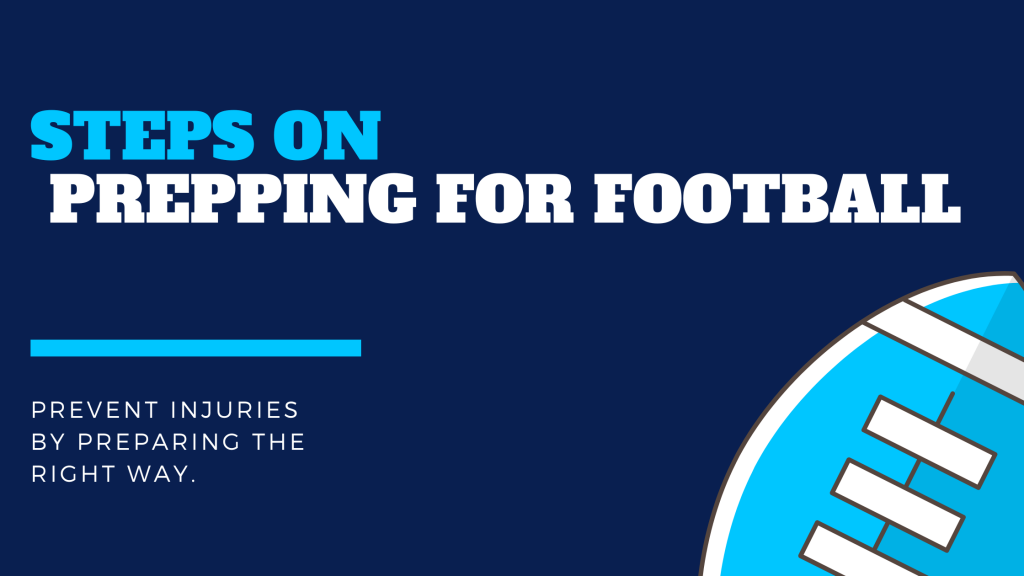
Don’t go all out for the big game without some preparation! Here’s a few exercises to get you ready for kickoff. They will help you get your heart pumping and keep your muscles loose so you can last the entire game without tiring out! Don’t go all out for the big game without some preparation! […]
Is It Important To Strengthening Your Neck for Football
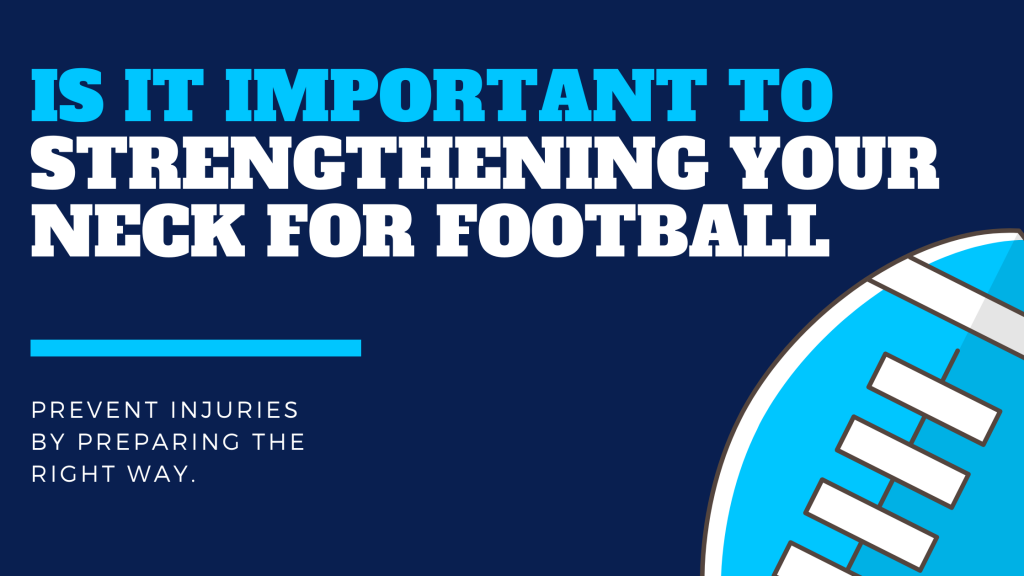
Whether it’s the first ever game of your young athlete’s career or the last game of the season, it’s more than essential to ensure they’re ready for action. An athlete’s neck for football, which is an important yet most ignored body part, should be strengthened before participation in football and even in soccer to avoid […]
Why You Should Ride Your Bike to Work
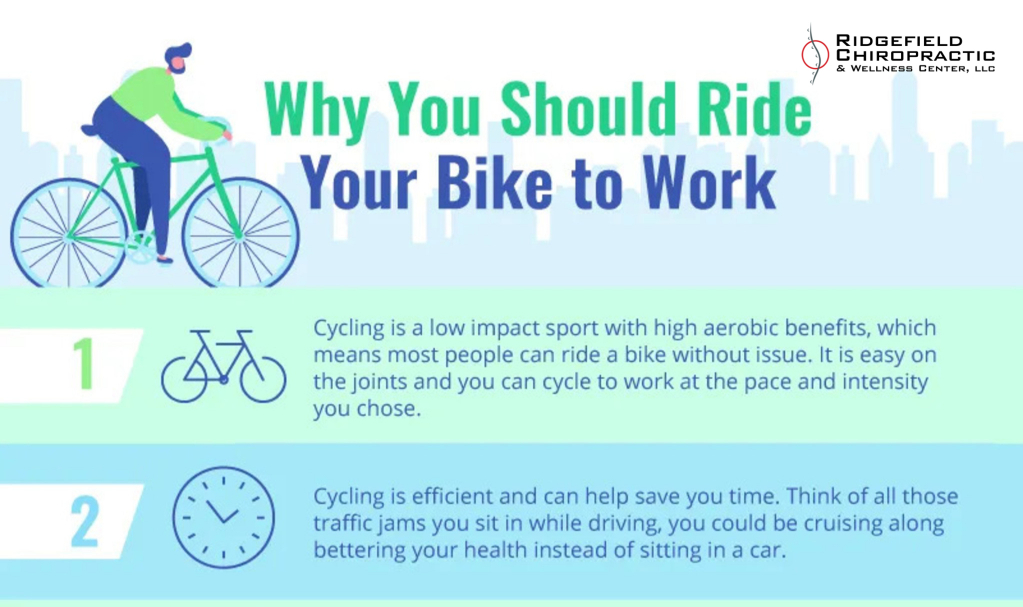
The average American spends half of their day sitting, and it’s even worse for those who have a long daily commute. Sitting that often can be detrimental to your health, the good news is that there are ways to combat sitting so much! One great way to help yourself out is riding your bike to […]
6 Concussion Recovery Tips
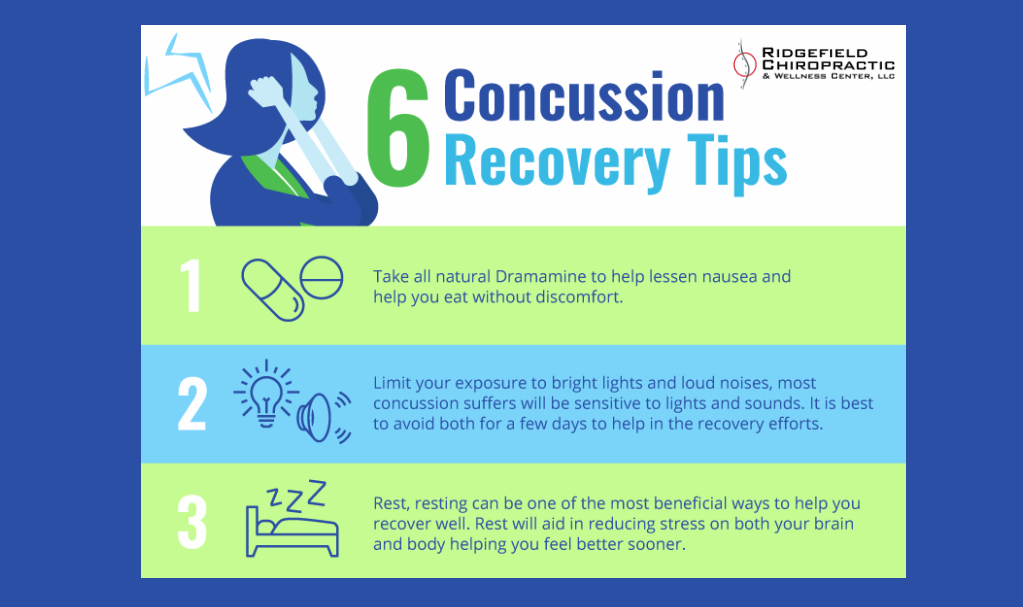
Concussions are not enjoyable and can cause issues long after they are gone, it is very important that after a concussion a proper recovery is followed. A proper recovery can take time and seem frustrating, the only way to lessen the effects and long lasting repercussions is having a proper recovery, there are some great […]
4 Things Athletes can do to Prevent Injuries

Each year, athletes throughout America suffer a collective 8.6 million sports injuries. These injuries range from easy-to-treat sprains and strains to career-ending concussions and broken bones. On the one hand, being an athlete involves the inherent risk of getting hurt. On another, there are ways athletes can take proactive measures to protect themselves in the […]
